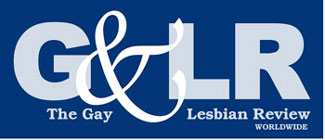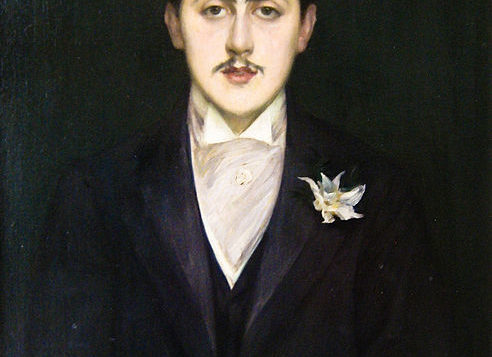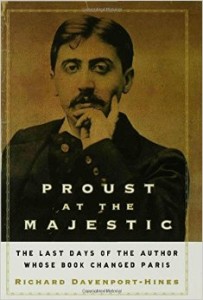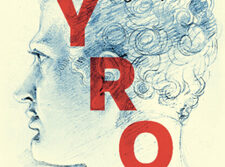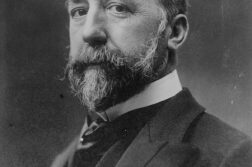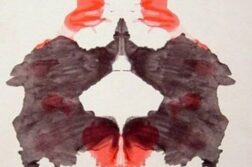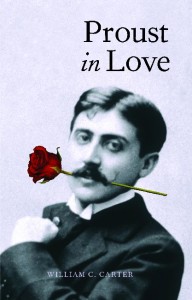 Proust in Love
Proust in Love
by William Carter
Yale Univ. Press. 252 pages, $26.
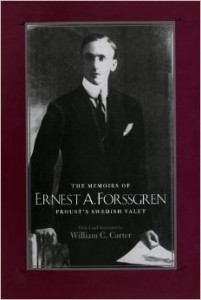 The Memoirs of Ernest A. Forssgren, Proust’s Swedish Valet
The Memoirs of Ernest A. Forssgren, Proust’s Swedish Valet
by Ernest A. Forssgren
Edited by William C. Carter
Yale Univ. Press. 164 pages, $50.
Proust at the Majestic: The Last Days of the Author Whose Book Changed Paris
by Richard Davenport-Hines
Bloomsbury. 358 pages, $24.95
WILLIAM CARTER begins Proust in Love with a schoolboy trying to persuade his classmates, via letters written in geography class, to have sex with him. The classmates all refuse. “There was something about him we found unpleasant,” one of them said about Proust years later. “His kindnesses, his tender attentions, his caresses … we often labeled as mannerisms, poses, and we took occasion to tell him so to his face. … We were rough with him. The poor wretch!” Poor wretch, who never stopped trying. “What number did you give him,” asked Proust’s philosophy teacher, on seeing Marcel with yet another new friend, “when he passed through the door of your heart?”
Gide accused Proust of not only gender-changing his characters, but of giving all the charming features of romance to the heterosexuals in his novel. Proust conceded the point. Of course, no one in the entire novel, hetero- or homosexual, manages to find much happiness in the attempt to possess another human being; but Proust knew his portraits would especially anger some homosexuals. He also knew he was risking his career by writing about homosexuality at all. But he went ahead with it—because the subject was not only new but central to his book, and life.

